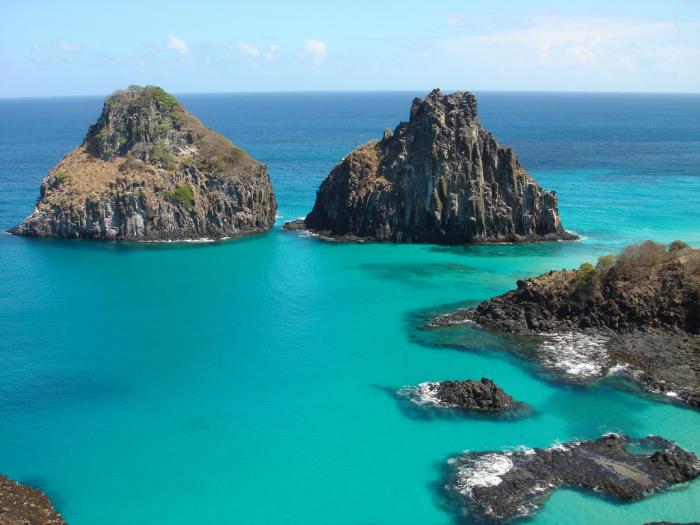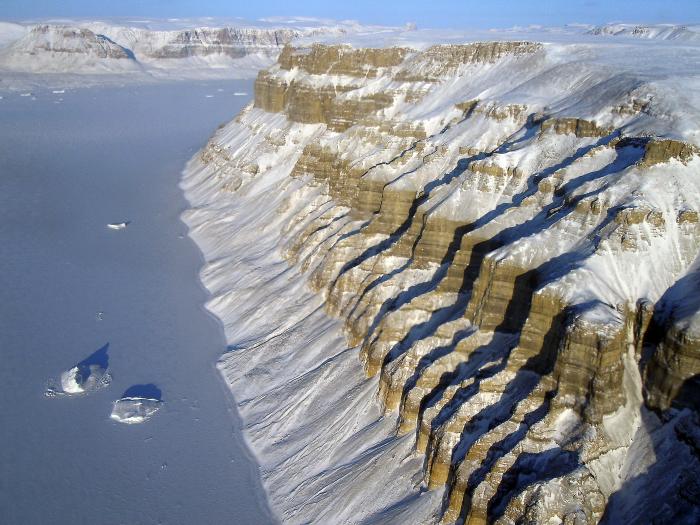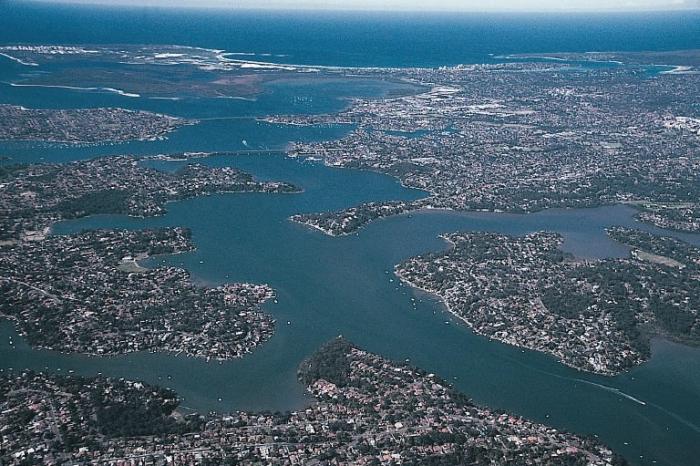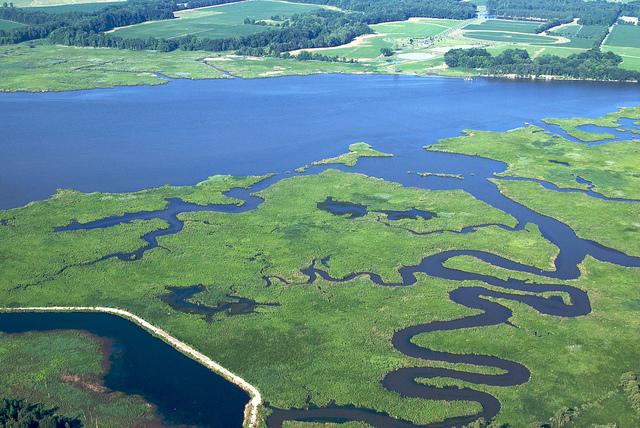Emergent and Submergent Coasts
The elevation of sea level has not always been constant. It varies locally on a daily basis because of the phenomenon of tides but has also changed across much longer time periods. For example, about 18,000 years ago, when large ice sheets were present on the planet during a period of cooler climate, sea level was approximately 120 meters lower than it is today because a large volume of ocean water was frozen in ice sheets at that time. In this case, sea level was below the current sea level elevation because of actual volumetric changes to the amount of water stored in the ocean basin.
There are, however, other ways to change the apparent elevation of sea level along a coast. Consider, for example, keeping global sea level steady along an active plate tectonic margin where the coast is being uplifted. Because the land surface is being uplifted, there is an apparent fall of sea level elevation, even though the total volume of water in the ocean basins has not changed. When we can observe evidence of a change in sea level elevation, whether it be an increase or a decrease of elevation, we call it a relative sea level change because we may not necessarily know what mechanism actually contributed to the observed change. You will learn a lot more about changes in sea level later in this course; but, for now, keep in mind that many lines of geologic evidence exist for a long history of relative sea level changes. This leads us to recognize two different types of coasts on the basis of whether they have experienced a relative sea level fall or relative sea level rise.
Emergent Coasts
Emergent coasts are a result of local tectonic uplift of the land surface or a fall in the elevation of sea level because of a reduction in the water volume of ocean basins. Quite often, emergent coasts have rocky coastlines with cliffs and nearly flat platforms that extend inland where older coastal plains have been tectonically raised and are now elevated above the modern land and water interface. A very good example of an emergent coastline, because of its proximity to an active plate tectonic margin, is the west coast of North America. Parts of the Scandinavian coastline (Sweden and Norway) are also emergent where the land surface has been rebounding upward due to the removal of the weight of glacial ice that formed during the last Ice Age but has since melted. The images below show typical emergent coastlines.


Submergent Coasts
Submergent Coasts are those that have been flooded by ocean waters because of a relative rise in the elevation of sea level at that location. The rise in sea level can be either the result of an increase in the volume of water in the ocean basins or the result of the land surface sinking, both of which create an apparent rise in the elevation of sea level. A common feature of submergent coastal zones is river valleys or glacially-carved valleys that have been flooded by ocean water. The Chesapeake Bay of the eastern United States is a classic example of a river valley that extended to the edge of the continental shelf during the last Ice Age when ocean waters were stored in the ice sheets. As the ice age ended, ice sheets melted, and sea level rose, the river valley was flooded with marine waters to create the Chesapeake Bay. The images below show the Chesapeake Bay as well the spectacular Sydney Harbor, also formed in a drowned river valley.


